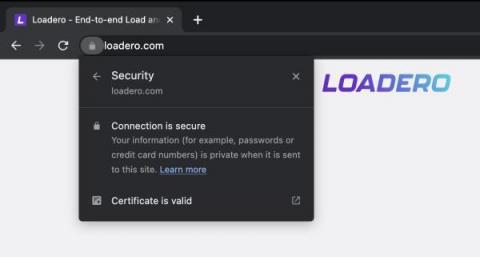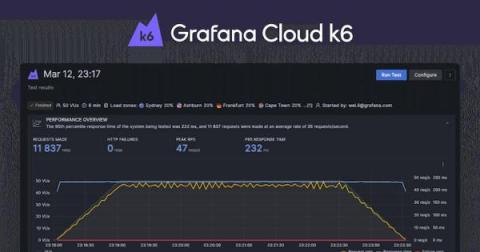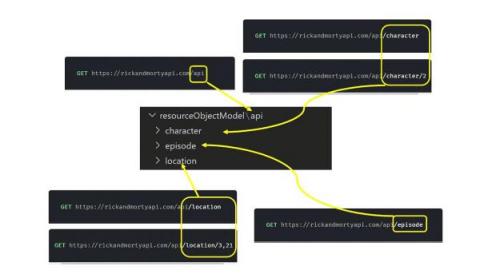Systems | Development | Analytics | API | Testing
Latest News
What Is Load Testing?
Using custom SSL certificates in Loadero tests
In today’s digital age, security has become a top priority for businesses of all sizes. With the increasing number of cyber-attacks and data breaches, ensuring that your website and applications are secure is essential. Usually, access to websites that are actively being developed or are intended for private/internal usage within an organization is restricted. A common way to do this is with custom SSL certificates. This ensures that the website won’t be publicly available.
Performance Testing: The What, Why, and How
Performance testing uses workflows in parallel to test a system’s infrastructure to ensure a product works successfully for many users at the same time.
Chaos Testing: Building Resilience early in the development cycle
Modern applications are built on a microservices architecture that leverages cloud-native technologies. This architecture has many benefits regarding scalability and fault-tolerance of individual components, but it also increases the complexity of the applications, mostly due to the interdependencies between services. This complexity makes it difficult for engineers to fully understand how their applications will react to abnormal conditions, such as a dependency failure or performance degradation.
Introducing Grafana Cloud k6: unified performance testing and observability
Organizations use load and performance testing to prevent issues from impacting customers, which is essential if they want to stay relevant in today’s digital-first world. And with the rise of cloud native technology and DevOps, software teams must shift performance testing left, towards development. However, traditional load and performance testing tools simply haven’t kept pace, leaving developers, operations, and QA teams siloed.
Continuous Load Testing | A Developer's Guide
Continuous load testing is a powerful way of preparing for surges in traffic, without needing real users. Imagine you're a software engineer working on a website that's seen a recent surge in traffic. Despite initial testing indicating that the website should be capable of handling the increased load, the website crashes during peak hours. Load Testing is the process of simulating real-world usage of a website or application. The continuous version is when you integrate it into your development process as part of a CI/CD pipeline.
Load Testing Made Simpler with Resource Object Model
Load testing, which is as a type of non-functional testing that puts a structure or system under pressure and measures its response, might sound boring. In reality the entire process of planning, estimating, and implementing load tests against the system is like putting together pieces of a complex puzzle, and it can be a lot of fun.
What's New In Loadero (February 2023)
The short month of February was a time of intensive work in Loadero, and while some of the biggest updates are coming soon, we have some news about what has been added to Loadero recently. Below are the updates we’ve done.
Comparing Loadero and testRTC for WebRTC testing
When it comes to WebRTC testing, there aren’t many feature-rich tools on the market. Loadero is one of those, testRTC is another widely known option, so we get questions about how those two compare frequently. To give a detailed answer to that question, we published this blog post in which we attempted to make a comprehensive comparison of the two tools.











